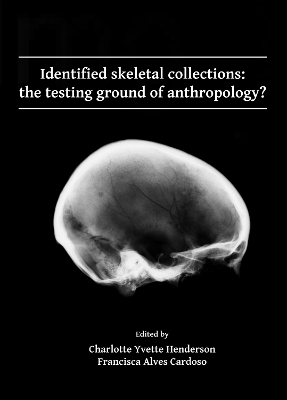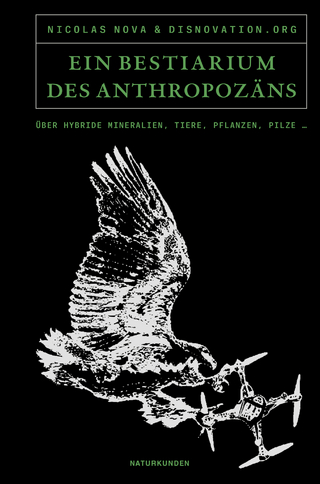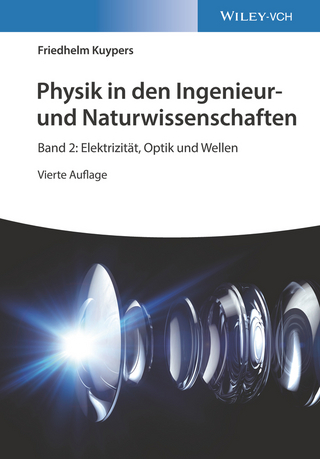
Identified skeletal collections: the testing ground of anthropology?
Archaeopress Archaeology (Verlag)
978-1-78491-805-7 (ISBN)
Human skeletons are widely studied in archaeological, anthropological and forensic settings to learn about the deceased. Methods used to identify individuals in forensic contexts and to determine age and sex in archaeological settings are normally tested on identified skeletal collections: collections of skeletons with known age-at-death, sex, often occupation and cause of death. These collections often represent individuals dying within the last century, but this is variable and often depends on the purpose for creating the collection. Many were developed in attempts to understand local population biology whereas those collected recently are for forensic purposes: to improve identification in legal contexts. Some of these collections were developed from body donation programmes, while others have come from cemeteries: cemeteries which were either no longer viable or needed clearing. All these factors impact on who curates these collections: archaeology or anthropology departments and museums. However, unlike many other skeletons curated in these locations, these are individuals with names. All this raises ethical questions about their creation, curation and their use for research. This book focusses on identified skeletal collections in the UK, Portugal, South Africa, USA and Canada. The chapters discuss how and why collections were amassed including the local legislation governing them. Alongside this run the ethical issues associated with their collection, curation and access to them. The demographics of the collections: who is included and why, along with such biases and how they can impact on research are also discussed, as are limitations in the documentary data associated with these individuals. The importance of these collections is also focussed on: particularly their role in developing and testing methods for age determination in adults. This shows why these collections are so vital to improve methods and interpretations for archaeological and forensic research. The importance of communicating this to the wider public is also addressed.
CHARLOTTE HENDERSON is a researcher in CIAS – Research Centre for Anthropology and Health based in the Department of Life Sciences, Coimbra (Portugal). She completed her PhD at the University of Durham in the Department of Archaeology. Her research focusses on methods for identifying activity in past populations. She has a long-standing interest in ethics which she studied as part of her undergraduate degree in Philosophy. | FRANCISCA ALVES CARDOSO is a research fellow at CRIA – Centre for Research in Anthropology (Portugal). In 2008 she was awarded a PhD in Biological Anthropology/Paleopathology by the University of Durham (UK). Her research focuses on the significance of socio-economic and cultural variables in the interpretation of human skeletons. In 2014 she was awarded a grant to develop the project - Portuguese Human Identified Skeletal Collections (HISC): Shaping their ethical and legal framework, which aims to build a bridge between science and society on the importance of HISC, whilst considering their scientific value, social and cultural, as well as ethical implications.
Chapter 1. Introduction – Charlotte Henderson; Chapter 2. Archaeological human skeletal collections: their significance and value as an ongoing contribution to research – Jelena Bekvalac and Dr Rebecca Redfern; Chapter 3. The Grant Human Skeletal Collection and Other Contributions of J. C. B. Grant to Anatomy, Osteology, and Forensic Anthropology – John Albanese; Chapter 4. Strategies for Dealing with Bias in Identified Reference Collections and Implications for Research in the 21st Century – John Albanese; Chapter 5. Bioarchaeology and Identified Skeletal Collections: Problems and Potential Solutions – Jennifer Sharman and John Albanese; Chapter 6. The significance of identified human skeletal collections to further our understanding of the skeletal ageing process in adults – Vanessa Campanacho and Hugo F.V. Cardoso; Chapter 7. Secular changes in cranial size and sexual dimorphism of cranial size: a comparative analysis of standard cranial dimensions in two Portuguese identified skeletal reference collections and implications for sex estimation – Luísa Marinho, Ana R. Vassalo and Hugo F. V. Cardoso; Chapter 8. Lives Not Written in Bones: Discussing Biographical Data Associated With Identified Skeletal Collections – Francisca Alves Cardoso; Chapter 9. The Fate of Anatomical Collections in the US: Bioanthropological Investigations of Structural Violence – Rachel J. Watkins; Chapter 10. Final Summary – Francisca Alves-Cardoso
| Erscheinungsdatum | 09.09.2018 |
|---|---|
| Zusatzinfo | 6 illustrations, 10 tables and 4 graphs (6 plates in colour) |
| Verlagsort | Oxford |
| Sprache | englisch |
| Maße | 175 x 245 mm |
| Gewicht | 512 g |
| Themenwelt | Geisteswissenschaften ► Archäologie |
| Naturwissenschaften ► Biologie ► Allgemeines / Lexika | |
| ISBN-10 | 1-78491-805-9 / 1784918059 |
| ISBN-13 | 978-1-78491-805-7 / 9781784918057 |
| Zustand | Neuware |
| Haben Sie eine Frage zum Produkt? |
aus dem Bereich


